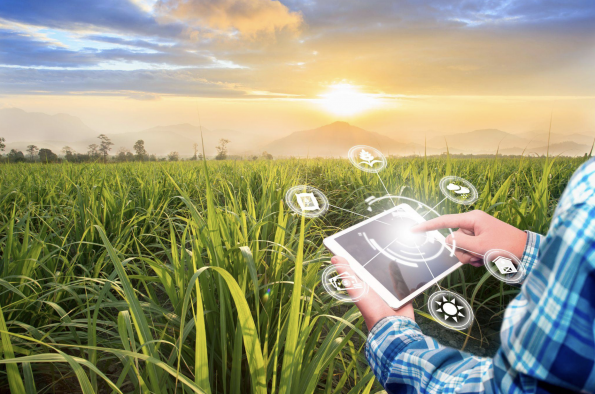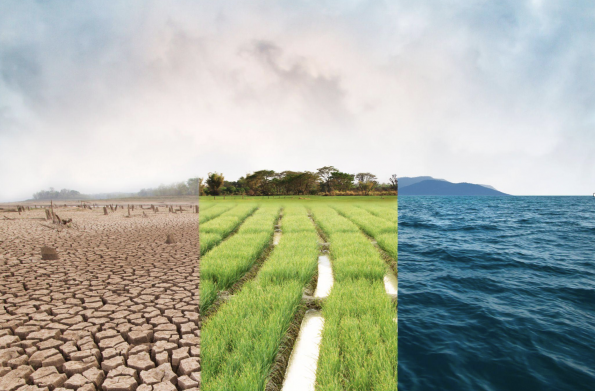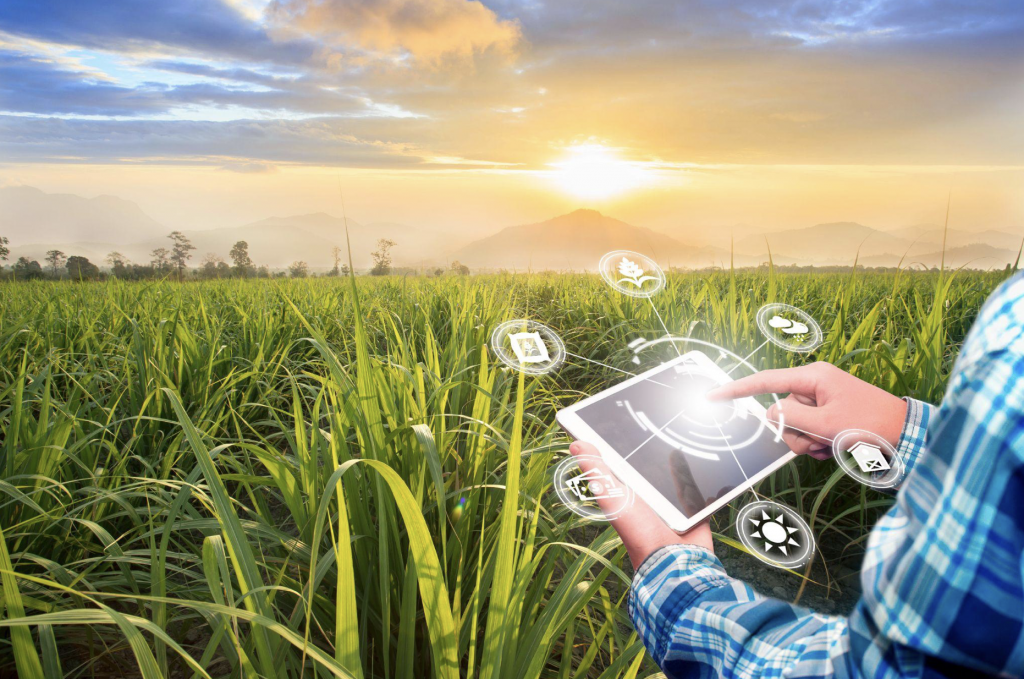10 Examples of Remote Sensing Applications
Earth remote sensing (ERS) data has become a critical source when solving practical problems of local and global level, monitoring natural and man-made objects and phenomena, increasing efficiency in many areas of human activity
, especially agriculture, transport, fuel and energy complex, construction, environment management, etc. All of this is possible thanks to remote sensing technologies like satellite imagery analysis, drones, and IoT devices that allow for remote monitoring and advanced on-the-fly analysis of any changes on the ground.

First of all, remote sensing ensures data objectivity and relevance. For instance, each satellite image is a document that objectively reflects the state of the area at the time of shooting. Besides, modern satellites are able to offer high-resolution, detailed imagery of large territories. Most importantly, remote sensing with satellites doesn’t require your presence in the areas of interest. Satellite imagery is now available and affordable via numerous software and can be easily accessed online.
But how do people apply remote sensing opportunities to various processes across different verticals? Here are some of the most interesting examples.
Forestry
Remote sensing is extremely important in forestry. Thanks to remote silviculture management via a forest monitoring app, experts are able to detect the problems of the forest area, identify the qualitative and negative characteristics of the forest, and assess damage caused to the forest by wildfires, diseases, illegal logging, and pollution.
The main tasks that remote sensing solves in forestry include:
- Forestry mapping
- Identification and control of deforestation in all regions of the country
- Study of the forest species
- Statistics and distribution of forests by age, stock, height, weight and biological productivity
- Study and analysis of harmful negative factors that affect the forest
- Study of the terrain and natural conditions in which representatives of forestry are located.
Remote sensing provides a lot of useful and important information to scientists who, with its help, can positively influence the forest, protect it from the upcoming risks, and effectively solve the current issues.
Agriculture
Remote sensing technologies make it possible to effectively track various aspects of agricultural activities, allowing for the smart inventory of agricultural lands, operational control of the state of crops at various stages, detection of land degradation processes, timely identification of threats to crop health and much more.
In terms of farmland management, remote sensing enables:
- Determination of the exact boundaries of fields and working areas
- Agricultural land inventory
- Agricultural lands mapping (arable land, meadows, orchards, perennial plantings, fallow lands and unused lands)
- Crop rotation mapping, determination of the real structure of sown areas
- Identification of unused land, control of the rational use of farmland.
In terms of crop growing, remote sensing enables:
- Crop health monitoring at various stages of the growing season
- Planning and monitoring of field activities (plowing, seeding, harvesting, irrigation)
- Identification and forecasting of unfavorable processes and phenomena (floods, pests, diseases).
Gas & Oil
The oil and gas industry is the main component of the economy of many countries. In order to effectively use these natural resources, it is necessary to use the latest achievements of science and technology with the most effective being satellite monitoring.
In geological exploration of oil and gas deposits, remote sensing can be used for:
- Identification of oil and gas promising areas from aerial and satellite images by interpreting promising geological structures by the method of principal components
- Creation of geological maps of hydrocarbon location, elements of the geological structure, deep structure of the region, neotectonic movements, and maps of the optimal placement of prospecting and exploration wells
- Creation of maps for engineering-geological zoning
- Updating topographic maps and plans of areas for exploration and development of deposits
Climate Change Monitoring

In the ecological support and nature management related to gas and oil industry, remote sensing can be used for:
- Creation of maps of influences of environmental conditions
- Creation of retrospective environmental assessment maps
- Creation of forecast maps of possible changes in the components of the natural environment
- Monitoring of oil spills and water pollution
Remote sensing spacecraft operate at different altitudes in low-earth orbit and provide valuable data on the chemical, physical and biological aspects of the earth’s system. All of this data is essential when tracking climate change and planning its mitigation or resilience measures.
Here are some opportunities remote sensing offers for climate change detection and monitoring:
- Monitoring and forecasting the state of the atmosphere and ocean
- Ice cover monitoring
- Assessment of the likelihood of occurrence, monitoring, and assessment of the consequences of hazardous natural phenomena and emergency situations
- Study of climatic, oceanic, and landscape changes based on observations of cloud cover, concentration of greenhouse gases, ozone layer, snow and ice cover, ocean temperature and color, vegetation cover, radiation balance
- Mapping of parameters of air, land, and ocean pollution;
- Assessment of risk zones for the spread of contamination, including radioactive ones
- Measurement of surface temperature and ocean level and pollution
- Assessment of the impact of climate on forest
- Monitoring of illegal deforestation and the state of protected natural areas.
Military
The military is one of the biggest consumers of satellite data. Military satellites are engaged in:
- High-resolution photography for reconnaissance purposes
- Listening to communication systems and determining the location of radio facilities
- Monitoring the implementation of the nuclear test ban
- Missile launch detection.
Overall, remote sensing opens numerous opportunities for a variety of spheres. Invaluable and constantly renewed data it provides is now an integral part of almost every industry. ERS data is impacting all endeavors of human activity.

